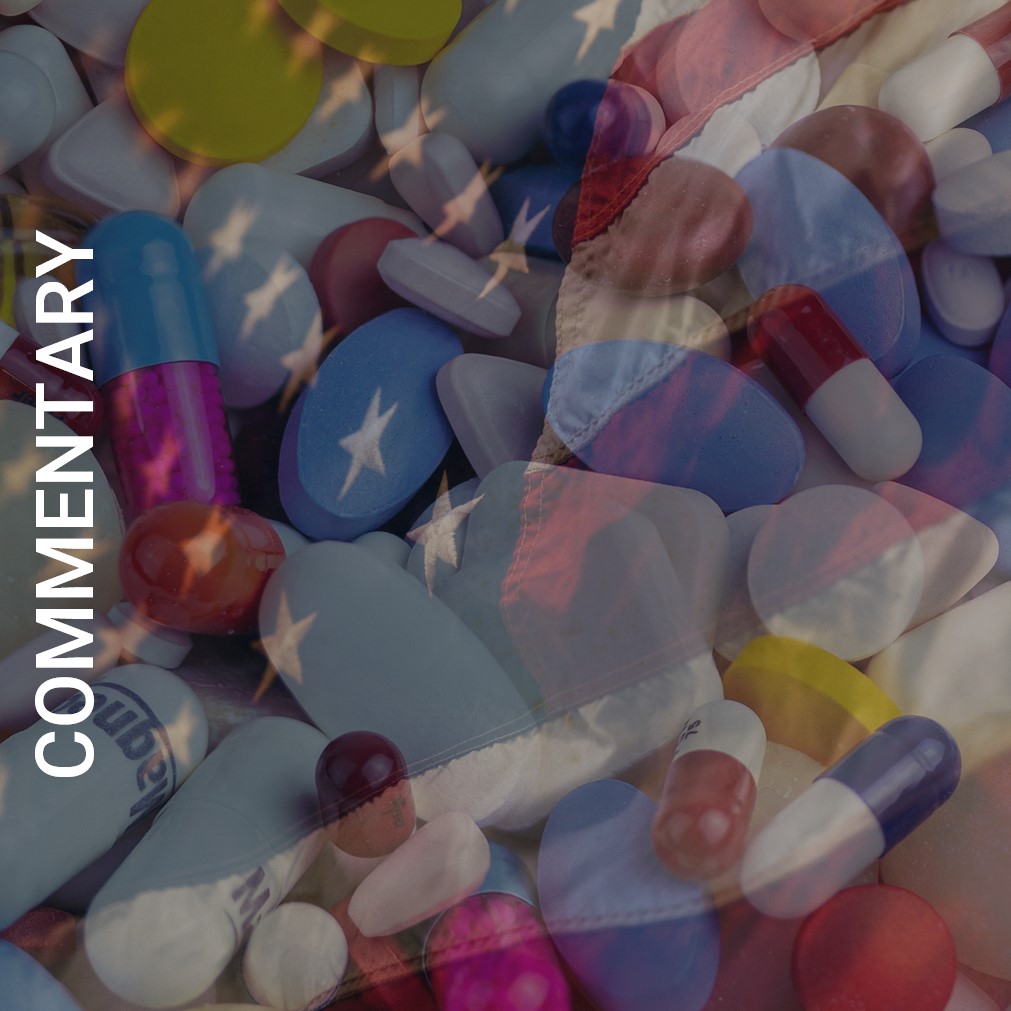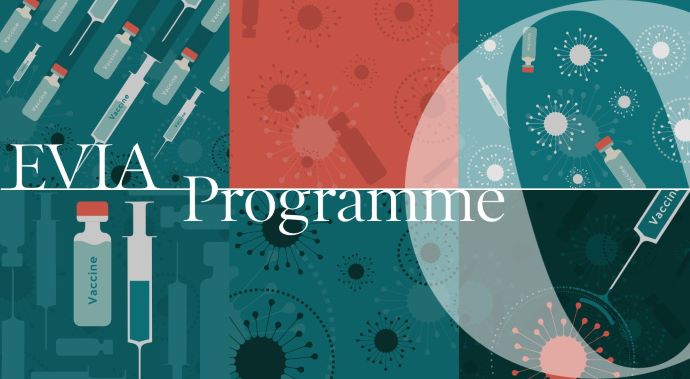June 2023
Guest editor: Lotte Steuten | Deputy CEO
Better diagnostics bring a breadth of benefits
Here in the UK, we are readying ourselves to mark 75 years of the NHS next week and, as expected, the milestone has been preceded by a flurry of reports and announcements. Not least the much-anticipated NHS workforce plan which came out today.
Alongside long terms plans to improve staffing levels, looking at efficiency and productivity can yield benefits, and potentially on shorter timescales. There is no magic bullet, but rather a sprawling web of interconnected possibilities that need to be explored, tested, and implemented (if judged effective).
At OHE we have been thinking about one vital thread, better diagnostics, and where and how these can provide the highest added value in the complex healthcare landscape.
An examination of the uptake of next-generation sequencing (NGS) for the diagnosis of lung cancer across the UK and Europe has shown that there are efficiency and cost savings to be realised, alongside wider health benefits. More timely diagnosis of the specific type of lung cancer, in terms of its genetic “signature”, can avoid patients being given a suboptimal treatment, and support the appropriate use of a more targeted therapy. The report also lays out a clear path to increasing uptake of NGS which focuses on reimbursement, standardisation of diagnostic processes, and infrastructure.
We have also been looking at the role that better diagnostics play in fighting the scourge of anti-microbial resistance (AMR) and how to incentivise diagnostic innovation in this space. Stewardship activities are needed to preserve antibiotics and reduce the rate of resistance. Diagnostics can support antibiotic stewardship by informing clinical decisions and reducing inappropriate antibiotic prescribing. Yet compared to prescribing a low-cost generic antibiotic in the hope it works (and ignoring the downstream costs of this fuelling AMR), the unit cost of almost any novel diagnostic seems high which can create budget challenges. Therefore these tests are often underutilised and typically undervalued. We have developed a novel payment model to incentivise broader value-demonstration to inform long-term financing and reimbursement and guide prescribing behaviours.
Whilst the potential gains in both cases will be incremental rather than transformative, they point to the crucial role that improved diagnostics can play in supporting clinicians and other healthcare workers today, and helping build a resilient NHS for the next 75 years.
NEW FROM OHE
An article recently published in Health Affairs, which includes an OHE author, recommends a three-step approach that the Centers for Medicare and Medicaid Services (CMS) could adopt for implementing a maximum fair price (MFP).
They argue that value-based pricing, particularly using the Generalised-Risk-Adjusted Cost Effectiveness (GRACE) methodology, would meet the CMS' needs.
A commentary, co-authored by an OHE expert, that appears in Health Affairs, argues that the request for R&D cost information reflects a fundamental misunderstanding of the economics of the regulated US and global pharmaceutical marketplace.
Instead, the valid critical factor for the negotiation should be the extent to which the drug is a therapeutic advance compared to existing alternatives and their costs.
In HTA, the extent to which present outcomes are valued more than future outcomes is represented by the discount rate.
Based on a new analysis, we formulated seven recommendations to the Slovak government, including that the discount rate should be lowered from 5% to 3.3% per year.
In this report, we explore the status of access and uptake for NGS testing for lung cancer in Europe, develop the health economic case for NGS testing, and identify barriers and opportunities for widespread access.
In this report, we propose a novel payment model that will incentivise broader value demonstration for diagnostics for antibiotics that could inform longer-term financing and reimbursement arrangements and guide prescribing behaviours.
In this Insights series we have paired members of the OHE team with an external collaborator to shed some light and share some insights on HTA around the world.
In our third edition, Iris Boot and Bert Vrijhoef, Panaxea, and Lotte Steuten, OHE, take us to the Netherlands. The Insight explores the five roadmaps that have been identified, each characterised by its main actor.
The Economics of Vaccines and Immunisation in Africa (EVIA) programme builds the capacity and confidence of sub–Saharan African policymakers and immunisation managers. You can register now, for free, to access the full range of modules.
OUR EVENTS
On demand
In this 90-minute webinar, we reflected on the “Supporting the Era of Green Pharmaceuticals in the UK” report. Consequent recommendations for industry, the NHS and UK Government as outlined in the report will be explored.
We will hear from a range of perspectives to capture the breadth of challenges and solutions associated with enhancing sustainability in the UK and globally. The session will end with a panel discussion and an opportunity for the audience to ask questions.
9 July 2023 | IHEA
When it comes to the US Inflation Reduction Act (IRA): what can the US learn from the rest of the world, and what is the IRA's impact on the rest of the world?
In this pre-congress session at IHEA, OHE experts, will be exploring how the IRA will influence the speed and breadth of innovation uptake in the US. Insights will be shared about the ways in which the IRA is likely to impact the innovation landscape globally. The repercussions for equity of patient access across the world will be considered and explored.










